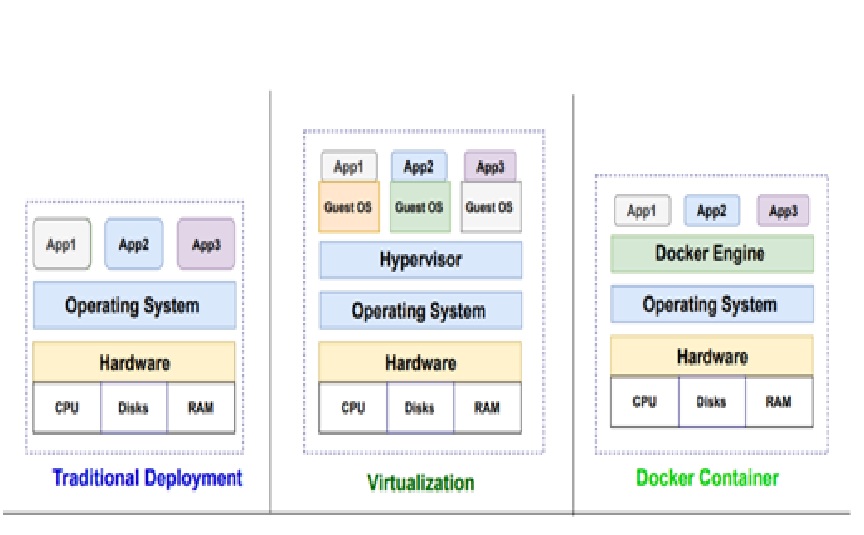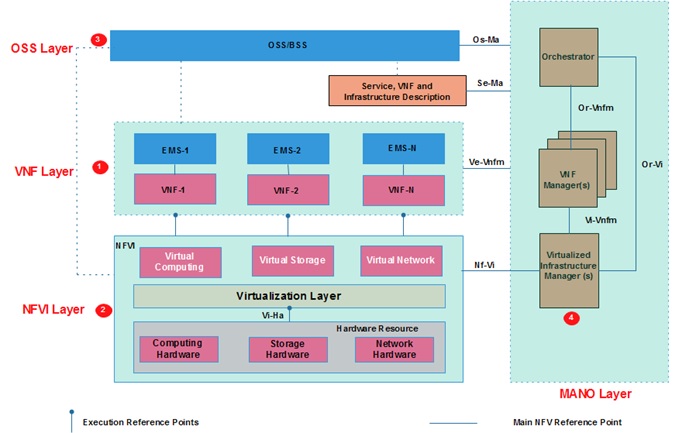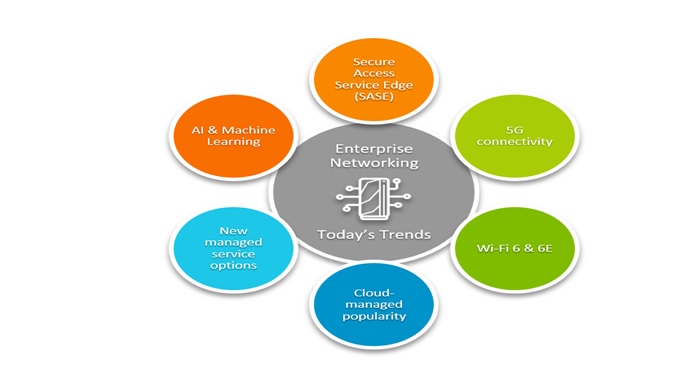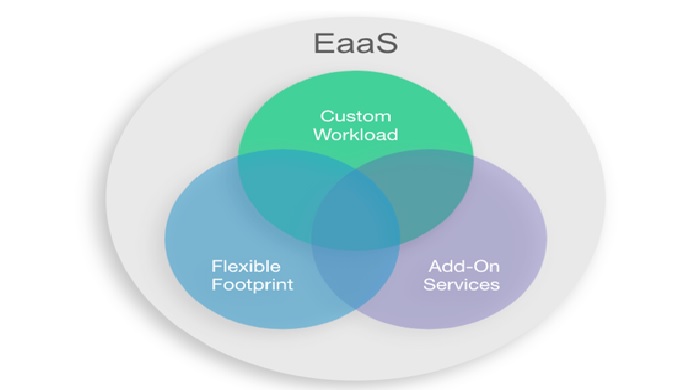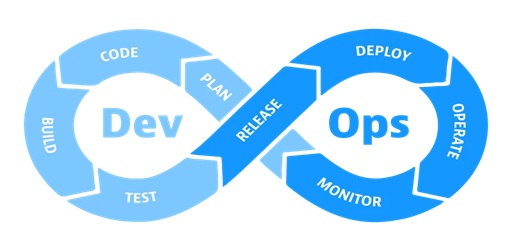Open-source software enables researchers to visualize nanoscale structures in real time
Computer chip designers, materials scientists, biologists and other scientists now have an unprecedented level of access to the world of nanoscale materials thanks to 3D visualization software that connects directly to an electron microscope, enabling researchers to see and manipulate 3D visualizations of nanomaterials in real time.
Developed by a University of Michigan-led team of engineers and software developers, the capabilities are included in a new beta version of tomviz, an open-source 3D data visualization tool that's already used by tens of thousands of researchers. The new version reinvents the visualization process, making it possible to go from microscope samples to 3D visualizations in minutes instead of days.
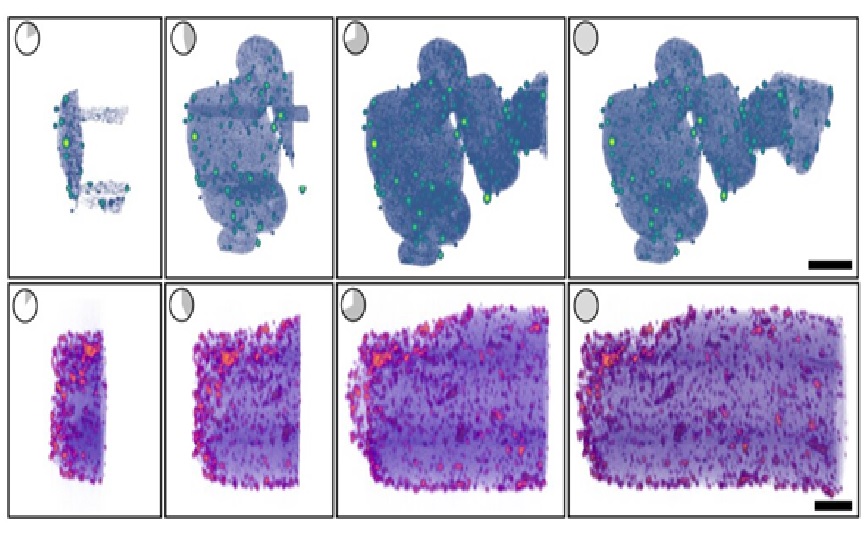
Figure 1. Open-source software enables researchers to visualize nanoscale structures in real time
Figure 1 shows in addition to generating results faster, the new capabilities allow researchers to see and manipulate 3D visualizations during an ongoing experiment. That could dramatically speed up research in areas such as microprocessors, electric vehicle batteries, lightweight materials and many others.
Prior to now, researchers gathered knowledge from the electron microscope, which takes a whole bunch of two-dimensional projection photos of a nanomaterial from a number of completely different angles. Subsequent, they took the projections again to the lab to interpret and put together them earlier than feeding them to tomviz, which might take a number of hours to generate a 3D visualization of an object. All the course of took days to every week, and an issue with one step of the method typically meant beginning over.
“Open-source software program is a good device for empowering science globally. We made the connection between tomviz and the microscope agnostic to the microscope producer,” Hovden mentioned. “And since the software program solely appears on the information from the microscope, it would not care whether or not that microscope is the most recent mannequin at U-M or a twenty-year-old machine.”
Lastly, Hovden teamed up with supplies science and engineering professor Nicholas Kotov, undergraduate information scientist Jacob Pietryga, biointerfaces analysis fellow Anastasiia Visheratina and chemical engineering analysis fellow Prashant Kumar, all at U-M, to synthesize a nanoparticle that might be used for real-world testing of the brand new capabilities, to each guarantee their accuracy and exhibit their capabilities. They settled on a nanoparticle formed like a helix, about 100 nanometers vast and 500 nanometers lengthy.
References:
- https://phys.org/news/2022-08-open-source-software-enables-visualize-nanoscale.html
- http://xeniasday.com/2022/08/18/open-source-software-allows-researchers-to-visualize-nanoscale-structures-in-real-time/
- https://theperfectech.com/open-source-software-program-permits-researchers-to-visualise-nanoscale-buildings-in-actual-time/
- https://ilmiwap.com/open-source-software-enables-researchers-to-visualize-nanoscale-structures-in-real-time/
Cite this article:
Thanusri swetha J (2022), Open-source software enables researchers to visualize nanoscale structures in real time, AnaTechMaz, pp. 78




